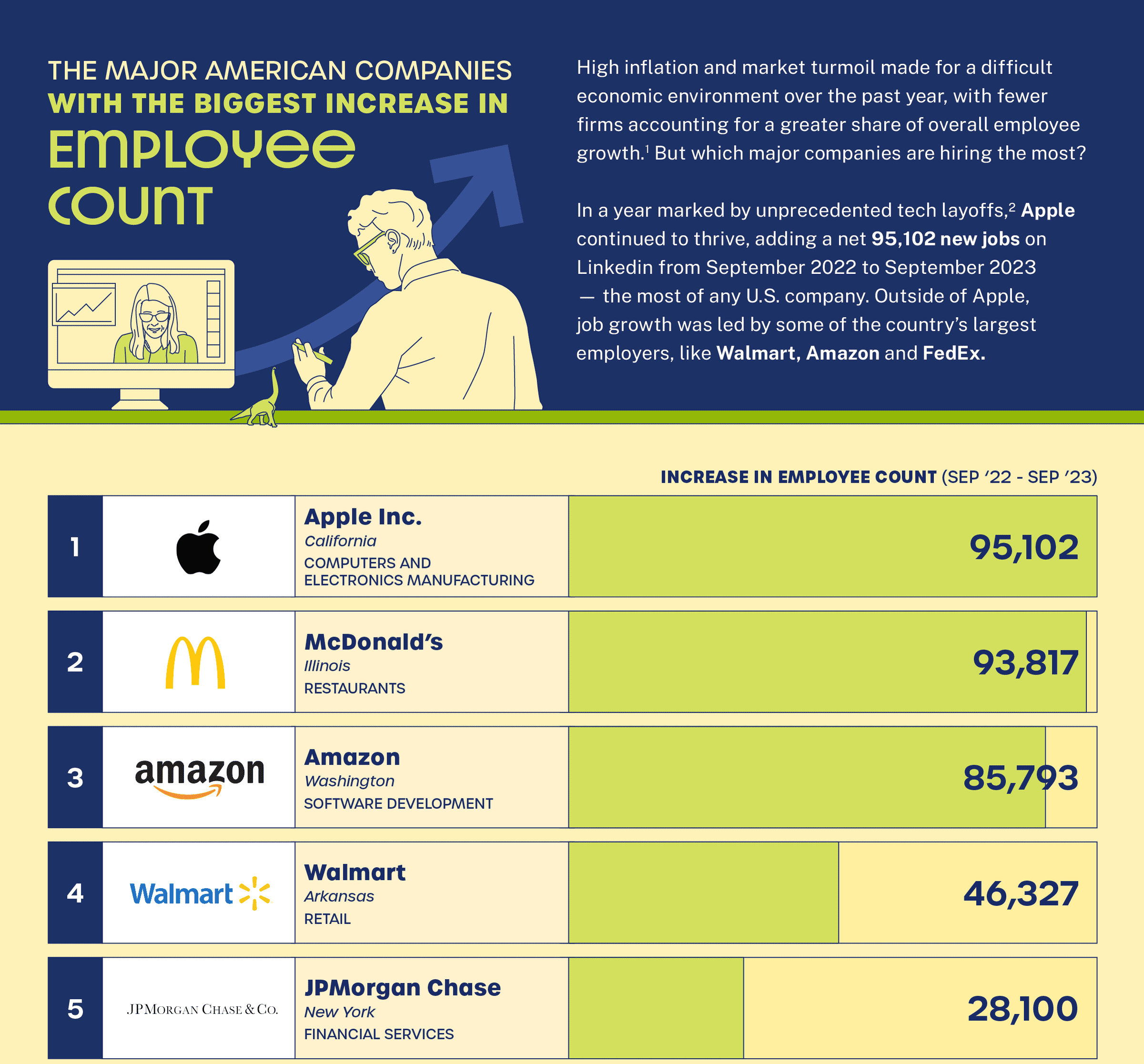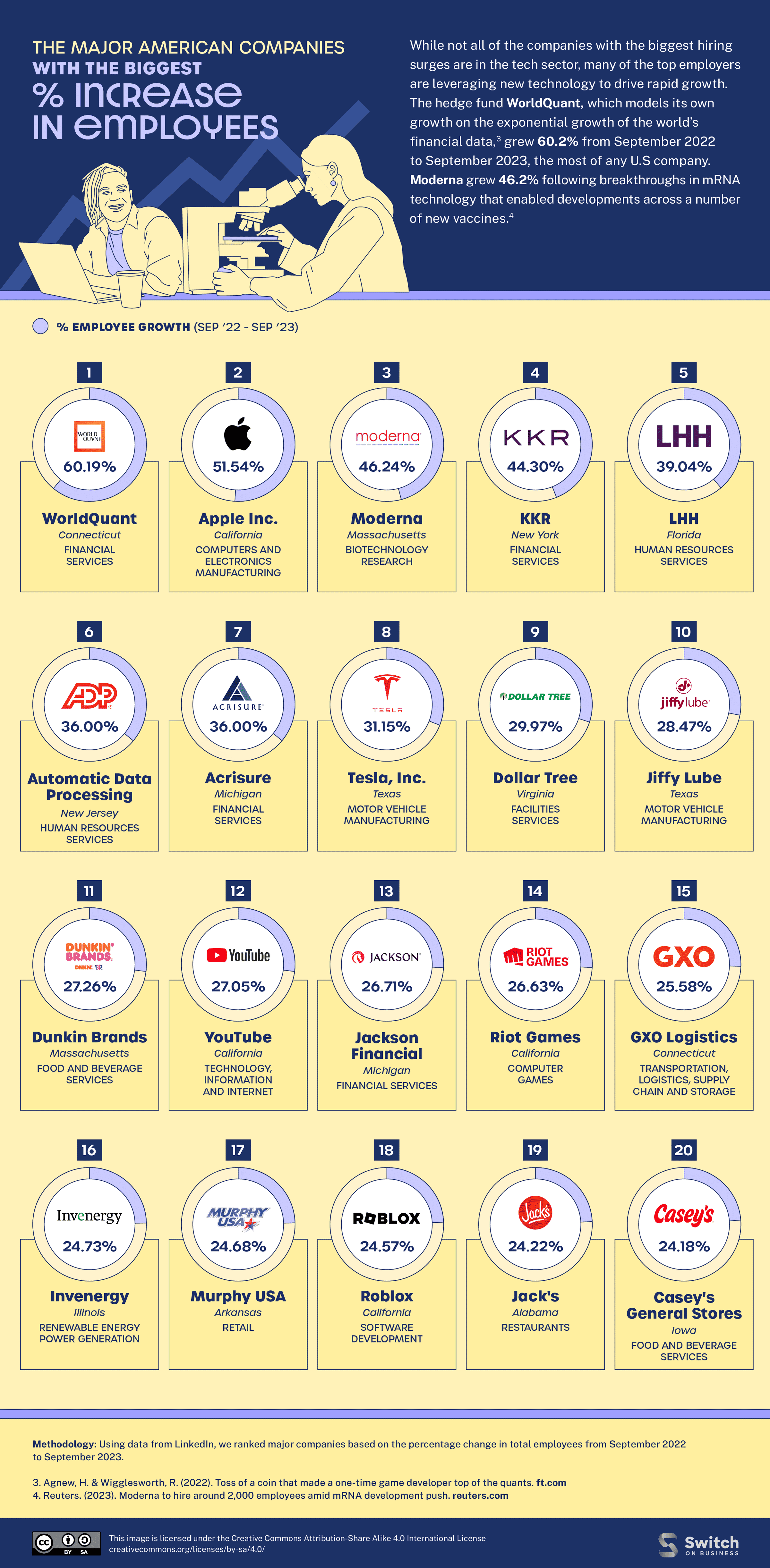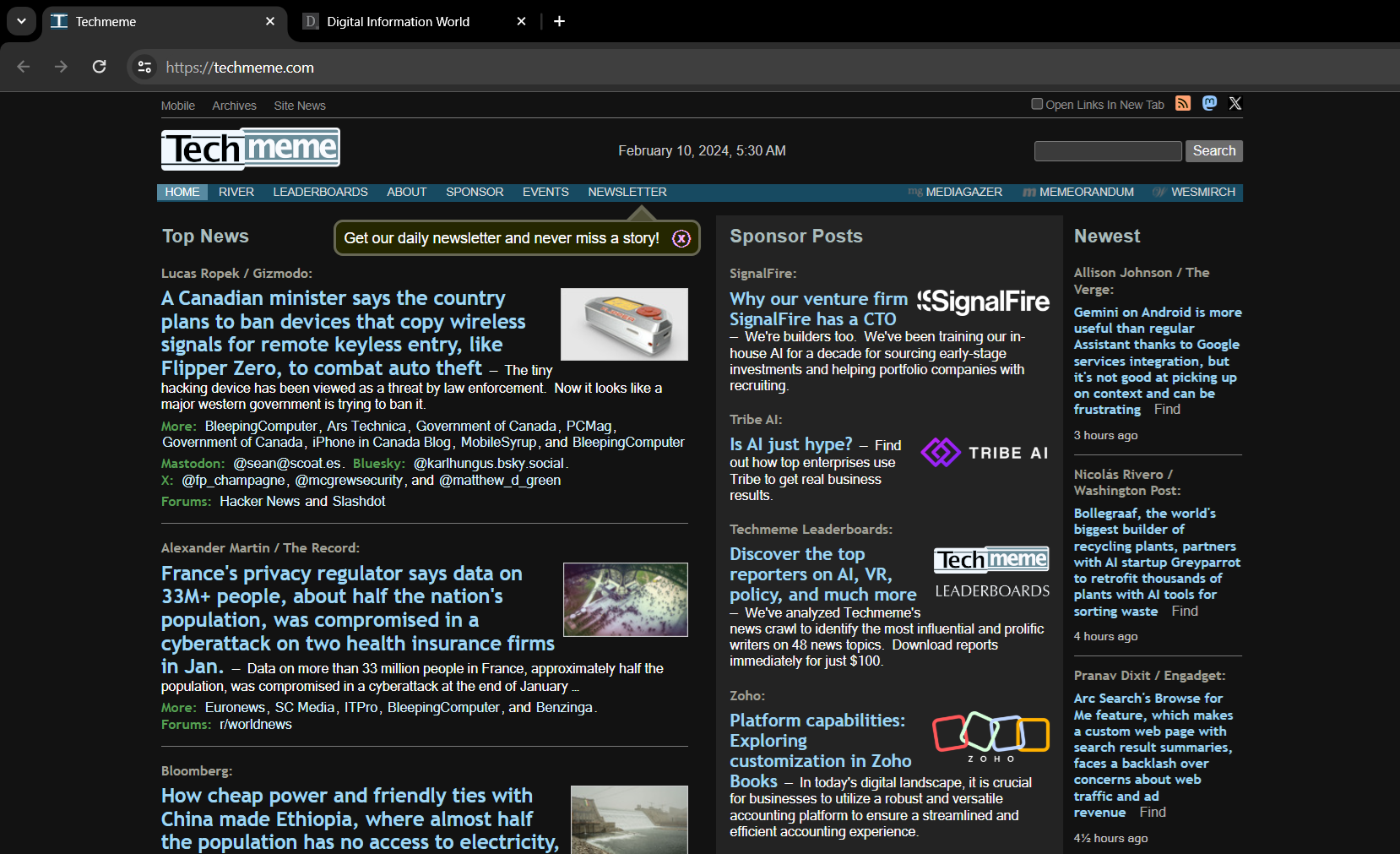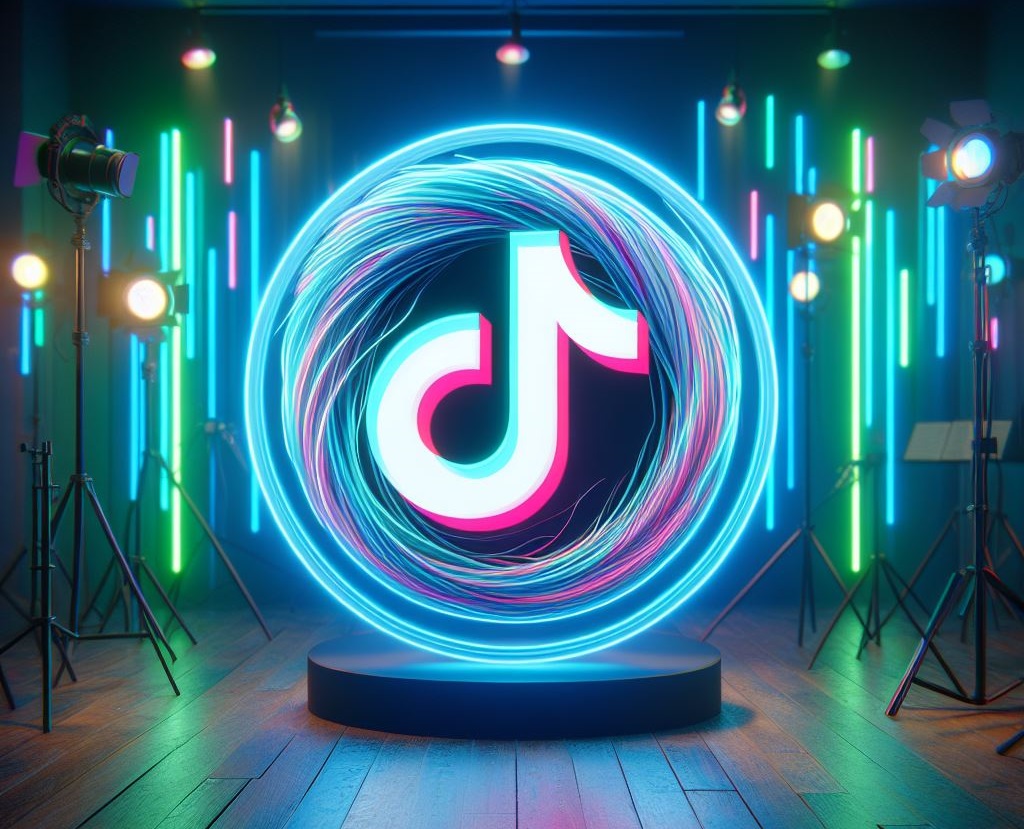There’s no doubt that online education is constantly changing and evolving. After the highs of COVID lockdown, a lot of the narrative in 2023 centered on the return to in-person education and the unsustainability of the creator economy. But in the report, Thinkific presents research — including a survey of 2,500 Americans — that seems to run counter to that narrative.
New technologies, including AI, make the online learning industry more accessible and increases opportunities for monetization while external economic factors are driving more people to seek out alternative sources of income. And Thinkific’s survey found that 92% of people dedicate at least one hour per month to learning digitally. That may be why Investment banking company Goldman Sachs predicts the impact of the creator economy could approach half-a-trillion dollars by 2027.
Here’s a brief look at the five trends Thinkific is predicting will dominate the online education portion of the creator economy in 2024.
AI is increasing creator productivity
Despite a lot of talk of AI coming in and “replacing” creators, Thinkific predicts AI will bolster online education by making creators more productive.An MIT Sloan research study found that when people were presented with content and told that some content was presented by AI and some by humans, they expressed “human favoritism.” Despite a willingness to consume AI content, people like the authenticity of human education. To compete with AI-generated content, educators can instead wield AI to increase their output.
“As a creator, it's really important that you use AI to enhance what you do rather than actually use it as a pure creation tool,” Ian Richardson, CEO at Schudio, stated in Thinkific’s report.
Using AI to quickly generate social media copy or sales funnels, name courses, and generally fill the holes in your skillset is the recommended approach.
Creators monetize with downloadables
Every creator wants to know how to make money quickly. Thinkific suggests that in 2024 the ideal path is through downloadable digital products like:- Guides
- Ebooks
- Templates
- Q&As
- Mini-courses
Nearly 3 out of every 5 people surveyed by Thinkific have consumed downloadable content from someone they follow on social media and 48% of people already have or would be willing to pay for said downloadable content.
"Digital products are one of the biggest reasons that I've been able to comfortably run my creator business as my full-time job,” Kristen Bousquet, Creator Monetization Coach added in the report. “Without it, I would personally be relying solely on brand partnerships. Since those are so inconsistent, my digital products have been something to lean on so that my income is more stable.”
More platforms become education platforms
Education will no longer be relegated to dedicated channels in 2024. Approximately 47% of 18 to 25-year-olds surveyed in Thinkific’s report said they used TikTok for learning. YouTube wasn’t far behind. And the surveyed audience named over 150 online platforms when asked what they used for online learning.The volume of educational content on platforms traditionally associated with entertainment is going to increase. And for education creators, this means more opportunities to attract an audience on those platforms and funnel them into your proprietary channels.
Private communities grow in response to social media fatigue
Speaking of proprietary channels, Thinkific predicts that private communities will see a big uptick in 2024 as people seek a less negative alternative to social media.In their survey, 69% of respondents felt that social media has more negative content now than it did five years ago. Top creators are already taking advantage of this reality to offer safe, private spaces to people seeking supportive learning communities online.
Bousquet credits the supportive space of her community as one of the main drivers behind her students' success.
“We've gotten so much incredible feedback on our private creator membership, Soulcial Suite, because our members truly feel like they have a safe space to connect and lean on people who get it.”
More older creators enter the game
According to Thinkific, life experience and expertise will prove increasingly valuable in online education this year.Counter to the popular narrative that the creator economy is a young person’s game, Thinkific’s survey found that almost one out of every five people (19.2%) between the ages of 41 to 56 consider themselves digital creators — an increase of 16% since last year.
Why are we seeing this growth? First, the creator economy is shifting away from entertainers and towards educators. Some 62% of people are more interested in creators who make digital content for educational purposes than entertainment purposes according to Thinkific’s report.
Also, older generations usually have decades of skill-building that they can then share with an interested audience. This real-life experience is only increasing in importance with the emergence of AI as learners seek out reliable, trustworthy sources.
And with the turbulent economy and rising inflation, more and more people of all ages are seeking additional sources of income online.
Additional insights from former Instagram and YouTube employee Jon Youshaei
Thinkific’s report concluded with additional insights from creator expert Jon Youshaei who suggested that in 2024 we’ll see even more shorter-form content and that the pendulum will swing back toward personality-based, unpolished content.The state of the creator economy in 2024 presents exciting opportunities for Creator Educators. As the landscape continues to evolve, those willing to adapt and innovate will find a flourishing space in the expansive world of online education.
Read next: People Equal Profits: New Study Reveals Revenue Generated Per Employee in Big Tech Firms
by Irfan Ahmad via Digital Information World











